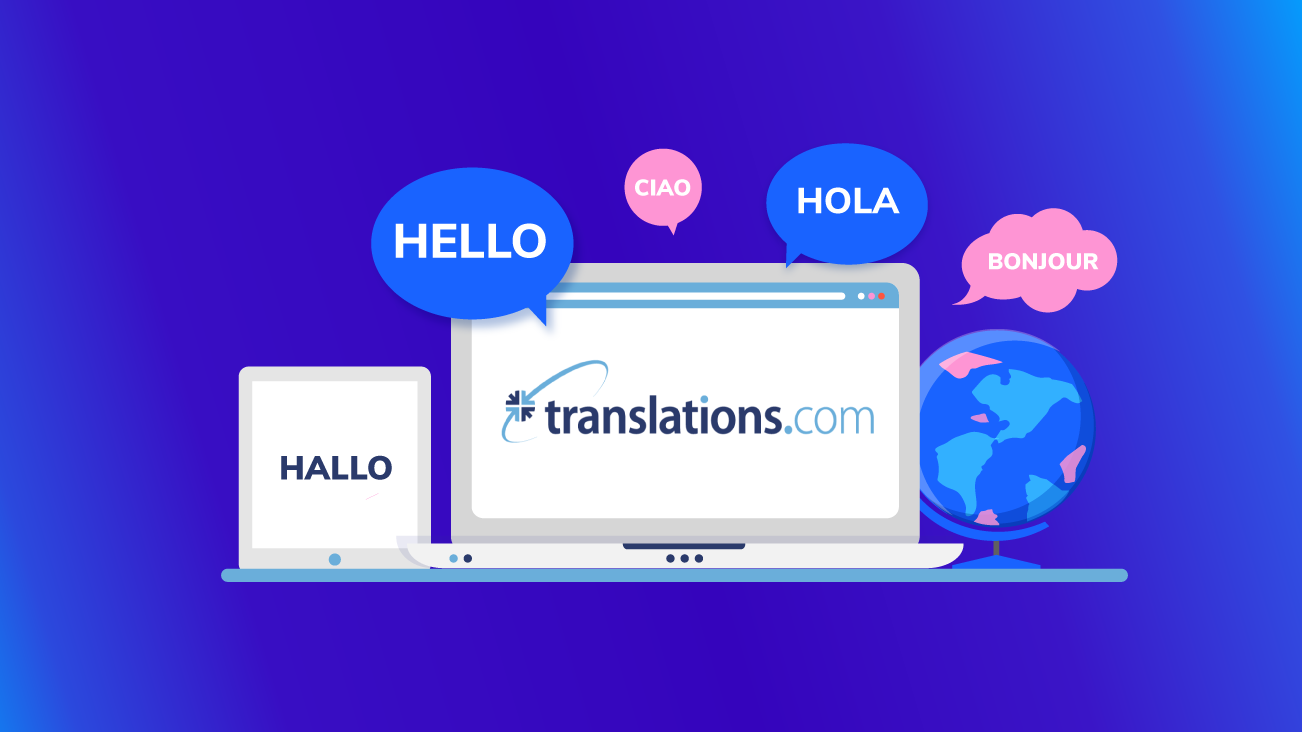Translation and Localization Strategies to Manage Global Enterprise Content

Navigating the global digital marketplace can be quite a challenge. With drastically different consumer interests and needs across geographies, there’s a lot to consider when planning a global digital marketing strategy.
We’ve found the best digital experiences are always backed by strategy and data. Drawing on expertise in analytics, experience design principles, digital platform knowledge, and audience management capabilities, we work closely with our customers to create personalized content that builds successful user experiences.
When it comes to managing communication on a global scale, effective translations within your digital content is the first step to building a successful digital experience. Localization services and technology solutions can help simplify the management of multilingual content.
From the content creation and launch phases—to the continued management across multiple channels and departments, it’s important to establish a framework that enables dynamic content changes, in order to drive business results efficiently.
Understanding and expanding into a global market involves website localization efforts on top of traditional translation work. From understanding business needs and requirements to project management, integration, and testing—localization and fully integrated translations can positively affect your digital footprint.
The Benefits of Translation and Globalization Services
Website localization and translation strategies help create, launch, and manage websites in multiple languages. Translation from one language to another involves much more than the exchange of a word for its counterpart.
Localization is the process of translating content to meet the communication standards of a specific market or location in the world. It establishes a personal and emotional experience for every single customer along their journey. Without localization alongside translations, customers may not fully understand or relate to your content.
Benefits of translation and localization:
- Effective communication with international markets
- Better alignment with cultural norms leading to increases in lead generation
- Increased sales within new markets
- Conversion rate increases when providing people with content they understand
- Improved overall user experience
- Differentiation of brand
As your digital footprint expands, so too will the need for more complex content services. Localization of content is often focused on websites, social media, digital, video, and technical information. This varies based on the industry and types of products, services, and content being digitized. Once the correct content services and platforms are determined, continual testing will ensure you’re utilizing the platforms necessary to connect with the right audiences.
Successful Digital Marketing Implementations
A detailed strategy across departments and verticals helps build a successful digital marketing transformation. Implementation begins with an overarching plan focused on long-term goals, digital media channels, technologies involved, and a strong understanding of the customer. Data-driven transformations involve a strong buyer’s journey that streamlines and creates a clear digital plan focused on your target customers.
The buyer’s journey is the process consumers experience when purchasing a new product or service and involves awareness, consideration, and evaluation. Throughout each phase of this journey, a consumer must be able to relate and be comfortable with the content in front of them.
Awareness Stage: The buyer realizes they have a problem.
Consideration Stage: The buyer defines their problem and researches options to solve it.
Decision Stage: The buyer chooses a solution.
Once a buyer journey strategy is laid out for the main audience, the same strategy can be created for additional audiences. Translation and localization allow you to extend your digital marketing strategy to these audiences more easily which in turn will help expand your online footprint leading to increases in leads and overall sales.
When the strategy covers all digital marketing channels and the essential steps of a buyer’s digital journey, you’re taking the first step in creating a successful digital transformation for your organization.
Getting Started with Translations and Localization
Translations and localization can make or break a company's digital success abroad. As companies expand their international footprint, translations and localization efforts achieve high market share and overall ROI for their digital efforts.
Audiences all around the world will be able to relate and respond accordingly to content that is specific to their norms and language. Keep in mind these translations and localization best practices in order to expand your global enterprise services into new territories and create new opportunities.
Several popular CMSs include the ability to publish translated material but you may need to work with internal translation teams or external vendors to efficiently translate at scale. We recently completed a number of projects with Translations.com, simplifying the management of multilingual content from the creation and launch phases—when you go from five pages to 5,000, it’s worthwhile to consider the benefits of bringing in a partner to help make the process smoother and drive business results more rapidly.


